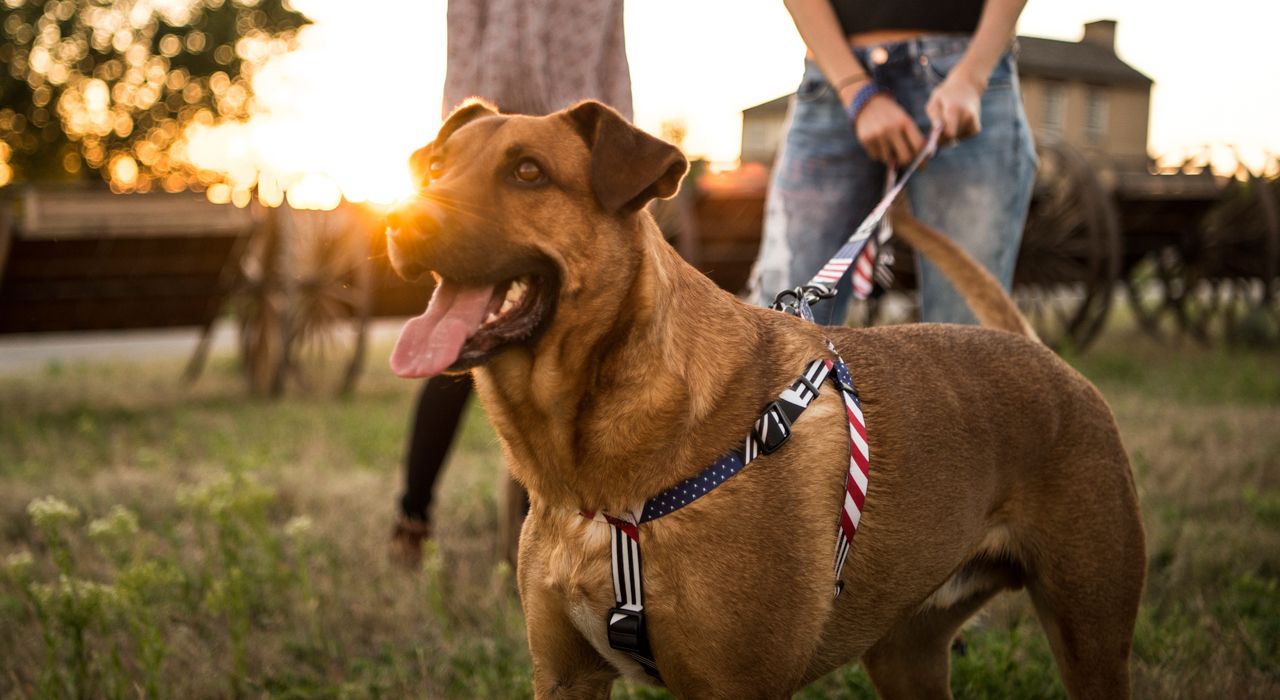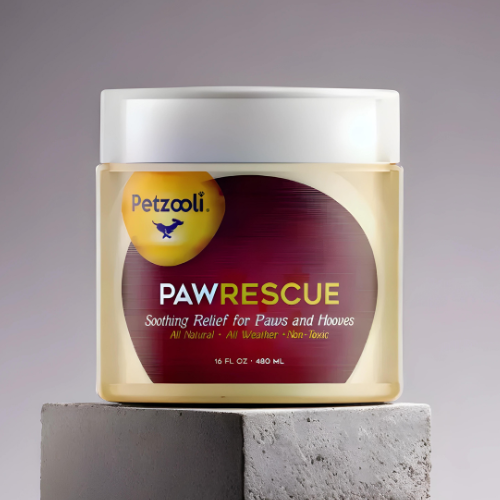
How to Measure a Dog for a Harness: the Big Life-changing Tech
Share
Choosing the right harness for your furry companion is crucial for their health and safety. The process of how to measure a dog for a harness involves specific steps to ensure a perfect fit, helping you avoid discomfort for your pet and ensuring they get the most out of their walks. This guide is tailored for health-conscious pet owners who want the best for their canine companions.

Why a Proper Fit is Essential
A harness that fits well can make a huge difference in your dog's safety and comfort. A poorly fitted harness can lead to injuries, escapes, and discomfort. Understanding how to measure your dog for a harness is crucial to prevent these issues and to provide a comfortable experience for your dog.
Understanding Different Types of Dog Harnesses
Before diving into measurements, its important to familiarize yourself with various types of dog harnesses available. Each design serves different needs:
- Back-Clip Harness: Ideal for dogs that are well-trained and comfortable on a leash.
- Front-Clip Harness: Helps discourage pulling and is a good choice for training.
- Head Halters: Excellent for controlling dogs that tend to pull and for easy correction.
By understanding the different harnesses, you can better assess what will work for your dog when measuring.

Essential Tools for Measuring Your Dog
Before you get started, gather the following tools:
- Soft Measuring Tape: a tailor's tape is perfect for this task.
- Pencil and Paper: Note down your measurements.
- Leash: If possible, have your dog wear a collar or existing harness for comparison.
Step-by-Step Process: How to Measure Your Dog for a Harness
Follow these steps for precise measurements:
- Measure the Neck: Wrap the measuring tape around your dog's neck where the collar usually sits. Make sure it's snug but not tight.
- Measure the Chest: Locate the widest part of your dog's chest, usually right behind the front legs, and measure around it. This is crucial for a harness that distributes pressure evenly.
- Measure the Back Length: For some harness styles, measure from the base of the neck to the base of the tail.
Its often a good idea to take multiple measurements for accuracy. If your dog is in between sizes, it is often recommended to opt for the larger size for comfort.

Checking the Fit of the Harness
After you receive the harness, it's time to check the fit:
- two fingers should fit under the straps: This indicates not too tight yet secure.
- Look for chafing or rubbing: Ill-fitted harnesses can cause skin irritations.
Proper fitting not only ensures the safety of your pet but also prevents unnecessary discomfort as they walk or play.
Common Mistakes to Avoid
When learning how to measure a dog for a harness, it's crucial to avoid these common pitfalls:
- Not accounting for weight fluctuation: Dogs can gain or lose weight, so always reassess their harness fit.
- Ignoring the manufacturers size guide: Different brands may have variable sizing.

Tips for First-Time Harness Users
Transitioning from a collar to a harness can be a significant adjustment for some dogs:
- Introduce the harness gradually: Allow your dog to sniff and explore the harness before putting it on.
- Reward them: Use treats and praise to create a positive association with the harness.
Choosing the Right Material
A dog harness comes in various materials:
- Nylon: Often affordable and easy to wash.
- Leather: Durable but can be pricier.
- Neoprene: Offers extra comfort and padding for sensitive dogs.
Consider your dog's activity level when selecting a material; an active dog may benefit from more durable options.
Where to Buy a Dog Harness
Once you've accurately measured your dog and know how to proceed, consider purchasing from reputable online retailers. Comfort and safety are paramount, so paying a little extra can make all the difference. Check out Rover's Guide to Dog Harnesses for some fantastic options.
Additionally, local pet stores often provide a chance to try on harnesses on-site, allowing for better fitting before purchasing.
Aftercare Tips for Your Dogs Harness
Once you've selected a harness, keeping it clean and in good shape is key:
- Wipe it down: Regularly check for dirt and debris.
- Repair any wear: Address rips or wear immediately to ensure safety.
FAQs About Measuring Your Dog for a Harness
1. How tight should a dog harness be?
A properly fitting harness should allow two fingers to slide easily under the straps without any discomfort to your dog.
2. Can I use a collar instead of a harness?
While collars can be suitable for well-trained dogs, a harness is recommended for dogs that pull or have breathing issues.
3. How often should I check my dog's harness fit?
It's wise to reassess the fit every few months, especially after significant weight changes.
As an Amazon Associate, I earn from qualifying purchases.
For additional insights on dog diets or any other pet care tips, feel free to visit What Can Dogs Eat? and Dog Behavior Questions.
